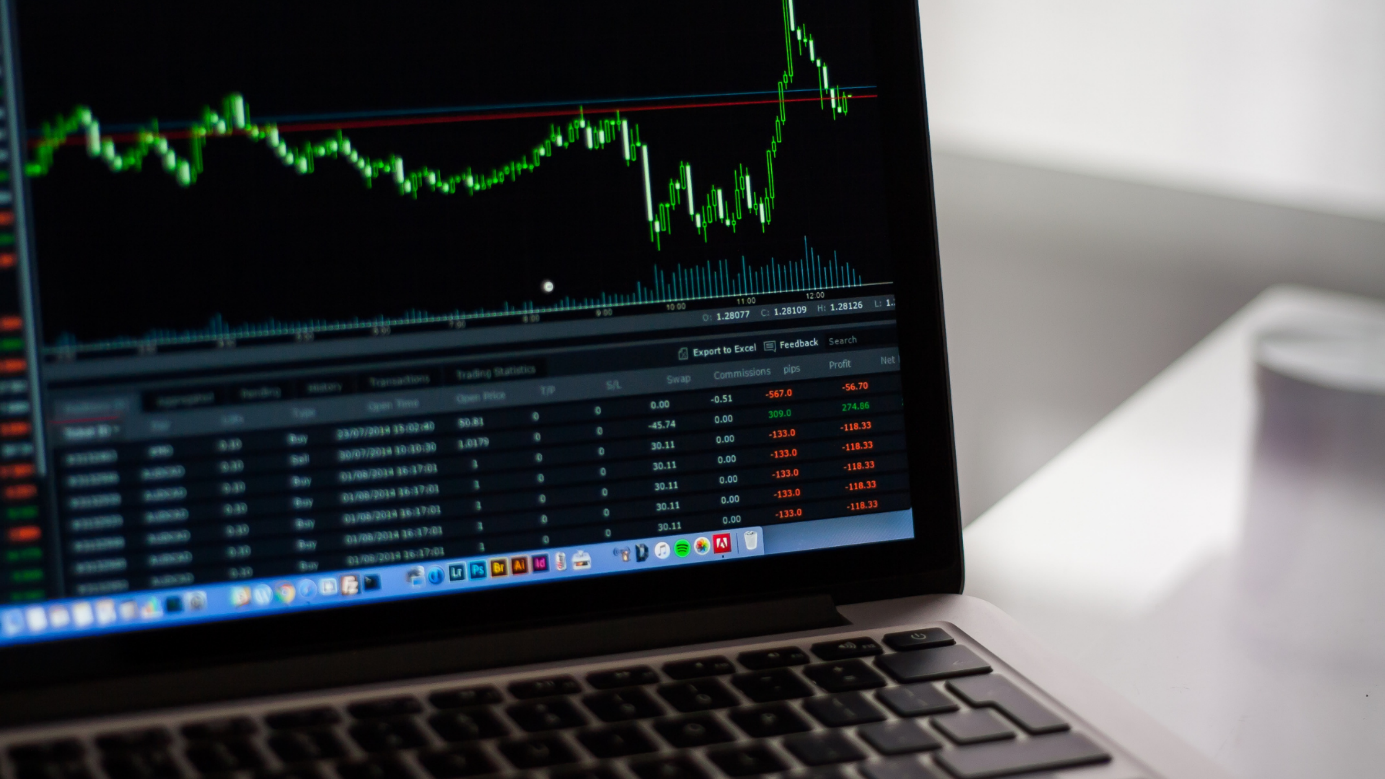To evaluate the results of the prepared trading strategy, traders use the so-called backtesting method. This method assesses the viability of the strategy based on data obtained in a specific time horizon. In other words, backtesting is a way to determine the profitability and riskiness of the intended trading strategy. It doesn’t matter whether you trade stocks, forex, or options, you have to make sure that your trading strategy is profitable before realizing the trade. Only the strategies that are showing positive results in backtests are chosen by traders and analysts as those are more likely to perform well in real-world scenarios.
As the name itself suggests, the backtest is performed on historical data. Therefore, it is crucial to choose the right time frame. Depending on your strategy it might be several months or several years. In the next step, we choose the market we are going to be trading, enter the relevant indicators and monitor the gradual development. Usually, we do that on the so-called candlestick chart. Subsequently, it is only necessary to watch the specified period and gradually write down on a piece of paper or in an Excel worksheet, all input, and output data according to the results of our backtest.
It’s not rocket science, but you might spend many hours, if not days, manually doing a quality backtest. Another disadvantage of manual backtesting is the human factor. We are often influenced by emotions and subconsciously focus on profitable situations. Using backtesting software can be more accurate in many aspects, especially in the amount of data that can be processed.
So what is the point of backtesting a trading strategy? As we can summarize from this article, backtesting is done to prove the usability of our trading strategy. From our point of view, the best way to perform a backtest is by using backtesting software because it saves us hours of work and helps us to eliminate mistakes based on subjective evaluations. That is why we developed our Pattern Lab application.


